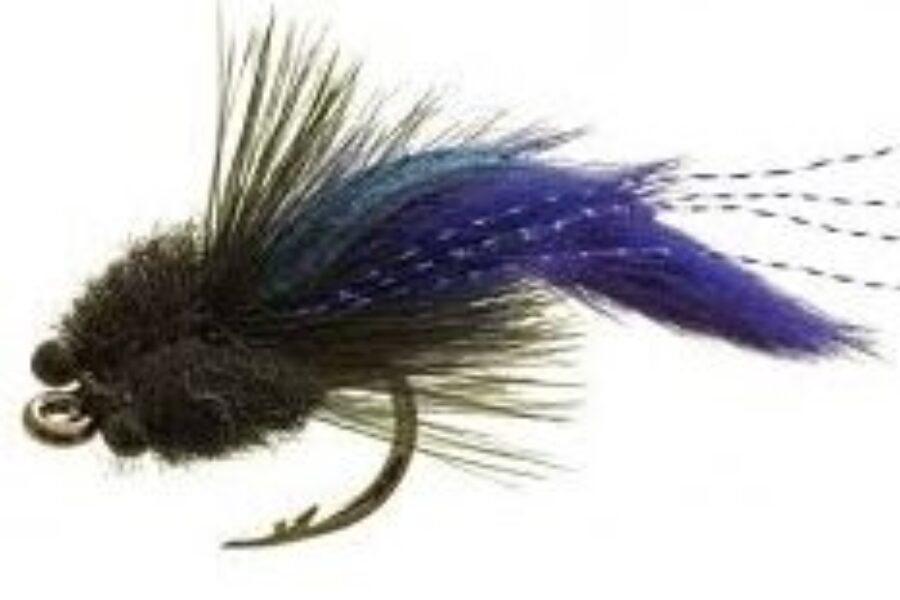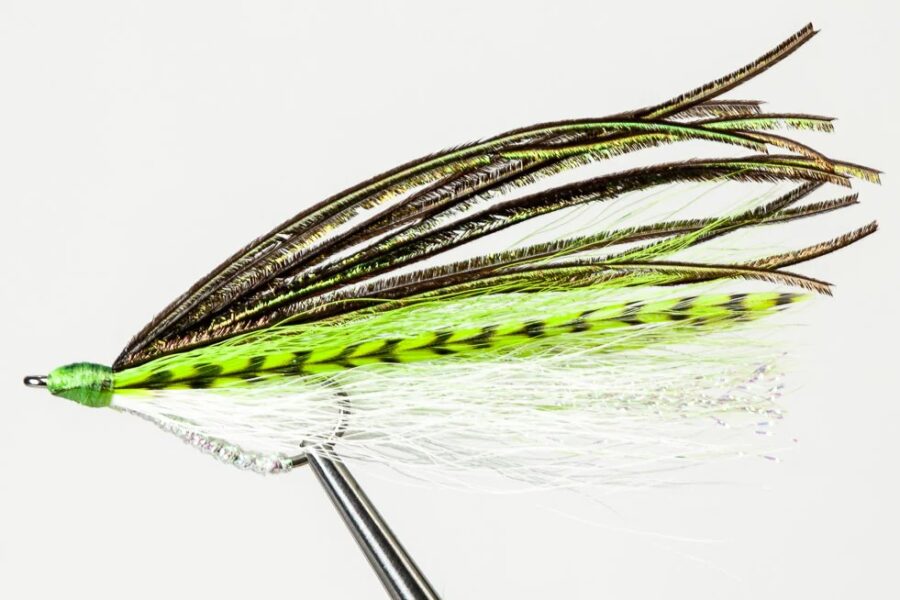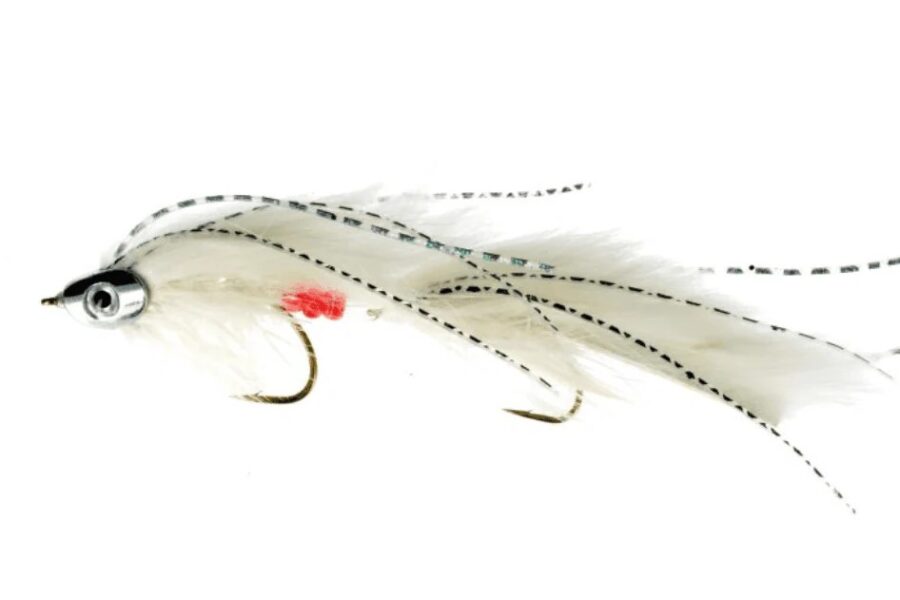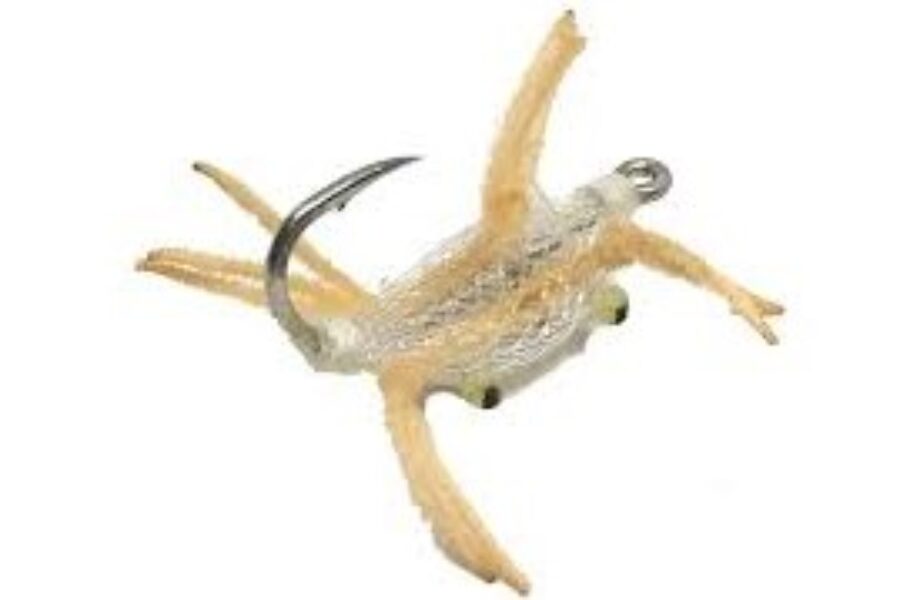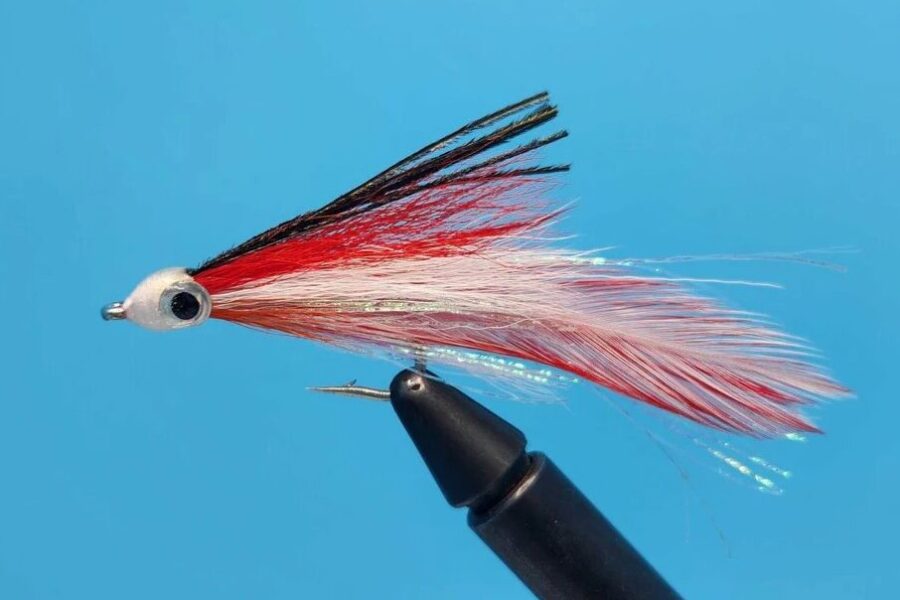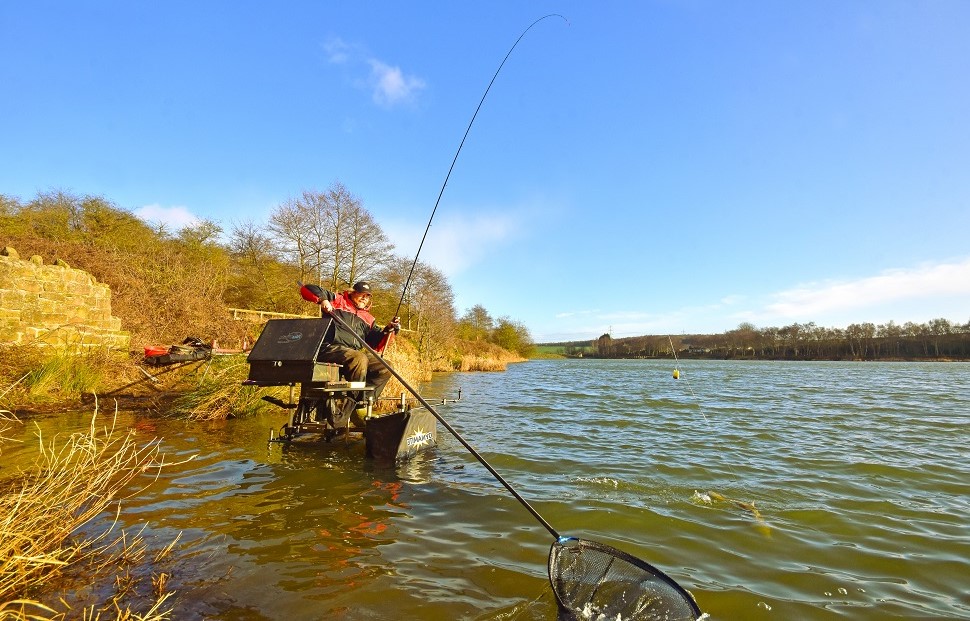Fishing basics that anyone can use
Fishing has been an ancient hobby, with people enjoying it for thousands of years. Being in nature and the anticipation associated with that initial bite is what a lot of fishermen live for. There are constantly new things to learn about this time-honoured activity, and some techniques might work better than what you were used to. Here are comprehensive tips to make you better at fishing.
Foundation Skills for Success
The Angler’s Camouflage Code
A good fishing tip to remember is to wear clothes that blend in with camouflage clothing. Fish don’t see all that well, but they can see colors, so avoid wearing bright colors or obvious patterns that could alert the fish or scare them away. Earth tones and muted colors work best for most fishing situations.
The Sharp Edge Advantage
Every good angler understands the importance of sharp hooks. If it could scratch your fingernail then it is sharp enough to use. If it does not, you either need to sharpen your hook or else replace it. Regular hook maintenance is crucial for successful fishing and should become part of your routine preparation.
Mastering the Waters Location Secrets
Be on the search for places with deep water. They can also be found near substantial rocks and ledges. Once your trial and error helps you discover a good river fishing spot, remember exactly where it is for future reference. Creating a log of successful fishing spots can help you build a collection of reliable locations.
Strategic Bait Selection
The Color Psychology of Lures
Many bass fishermen like to fish with grubs which are lighter colored. Grubs in shades of white, chartreuse, salt and pepper, and smoke tend to be extremely effective. Translucent grubs are generally mixed with metal-colored flecks that work to reflect light and boost your chances of success. If you aren’t having any luck, choose a grub which is the same color as the water.
Target-Specific Bait Mastery
Different species prefer different baits. For example, catfish prefer raw chicken livers, but a bream fish will prefer an insect, such as crickets. Understanding these preferences can significantly improve your success rate with specific species. This is particularly true when it comes to trout fishing, where fly selection plays a crucial role in success.
The Art of Trout Fly Selection
For anglers targeting different trout species, choosing the right flies can make the difference between success and frustration on the water. Types of trout flies vary significantly based on the specific species you’re pursuing and local conditions. Brown trout flies often need to imitate larger prey items, as these fish typically feed more aggressively on substantial offerings.
Rainbow trout flies require careful consideration of local hatches and water conditions, as these fish can be particularly selective in their feeding habits. When selecting patterns, consider both the size and profile of natural prey items in your fishing area. Brook trout flies tend to be most effective in smaller sizes, matching the diminutive prey items these fish encounter in their native habitats.
Speckled trout flies should be chosen based on seasonal patterns and water clarity. During clearer conditions, more realistic patterns often prove most effective, while bright or contrasting colors might work better in stained water. Having a variety of patterns allows you to adapt to changing conditions and feeding preferences throughout your fishing session.
Success with any trout species depends not just on fly selection but also on proper presentation and understanding of feeding habits. Building a diverse selection of proven patterns helps ensure you’re prepared for various fishing situations.
Environmental Awareness and Adaptation
Reading Nature’s Fishing Signals
When selecting flies, weather conditions also play a crucial role. A cloudy day is a great day for fishing. When the sky is cloudy, the water will be dark, and fish will be hunting for food in poor lighting. The weather can greatly impact whether a fishing trip will be good or bad. Remember to check your local weather forecast right before starting to fish. Check both the long-range weekly forecast and the short-term day prior forecast before setting off. Don’t be reluctant to reschedule your trip for another day if the weather seems like it will be bad.
Modern Tools in Traditional Waters
A fish finder can be the perfect tool for locating ideal fishing spots when you’re on a boat. Fish finders implement sonar technology that pinpoints schools of fish. Some fishermen may prefer not using fish finders, viewing themselves as purists who believe fishing is a real sport where there should be no unfair advantages.
The Human Element of Fishing
Building Fishing Confidence
No matter the size of the fish, always heap on the praise! This is especially important when fishing with beginners or children to encourage their interest in the sport.
The Zen of Angling
Make sure you have patience during your fishing trip. This is well-known, but too many people simply get frustrated and give up if they don’t reel in a fish within the first half hour. Fishing definitely requires your patience and a good deal of time, and you should be prepared to have both!
Technical Excellence
Survival Essentials on the Water
You must maintain good hydration while you are fishing. Even though you may not feel thirsty, drink water throughout the day. You could possibly fall out of the boat if dizziness sneaks up on you due to dehydration. You can prevent drowning by staying properly hydrated.
Perfect Bait Presentation
Be sure to properly secure worms or night crawlers to the hook. Fish are far more likely to be attracted to and eat bait when it is fastened to the hook properly. Using a smaller hook rather than a larger one is perfect for most river fish.
Smart Synthetic Solutions
Plastic worms are easy to find and use effectively. These types of lures can easily be seen in the water. They’re also quite cheap, easy to obtain from bait stores, and many types of fish are attracted to them. You don’t have to waste money by purchasing live bait.
Fishing will never go out of style as a fun and exciting hobby. Keep these tips in mind when you go on a fishing excursion. Use one new idea every day, and you may catch a surprising number of fish. Remember that continuous learning and adaptation to local conditions are key to becoming a successful angler.

